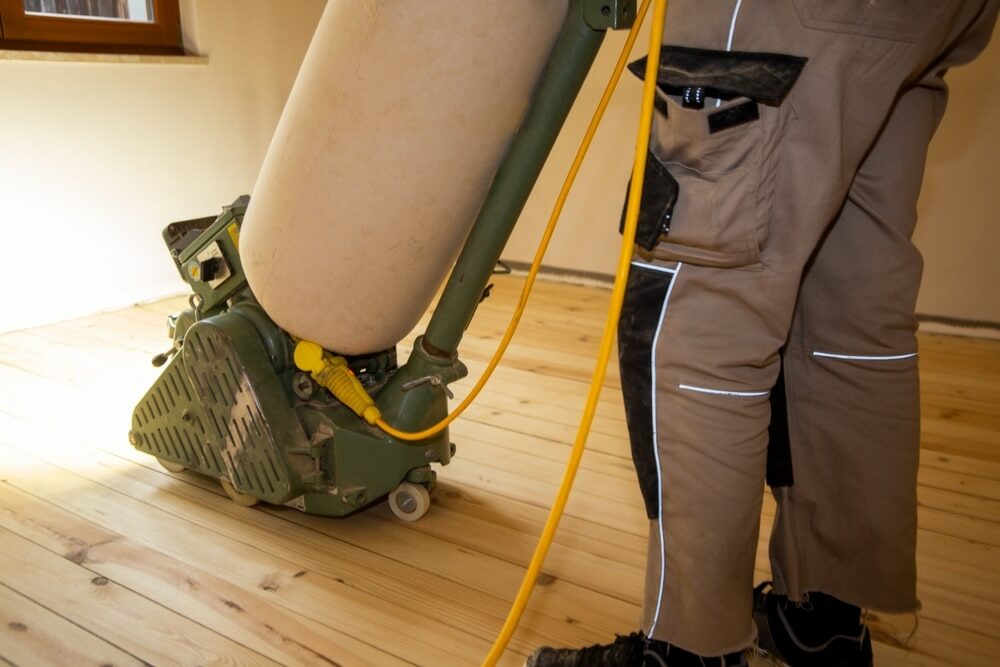London:
Nationwide:
Enhance Your Interior Look with Floor Sanding | Best Guide
Posted on April 13, 2023
Articles
A Comprehensive Guide to Transforming Your Floors for a Stunning Interior
When it comes to home improvement, one of the most overlooked aspects is the state of the floors. Yet, flooring plays a crucial role in shaping the overall look and appeal of any interior space. Floor sanding is a powerful technique that can breathe new life into your worn-out or tired-looking floors, providing an instant boost to your home’s aesthetics.
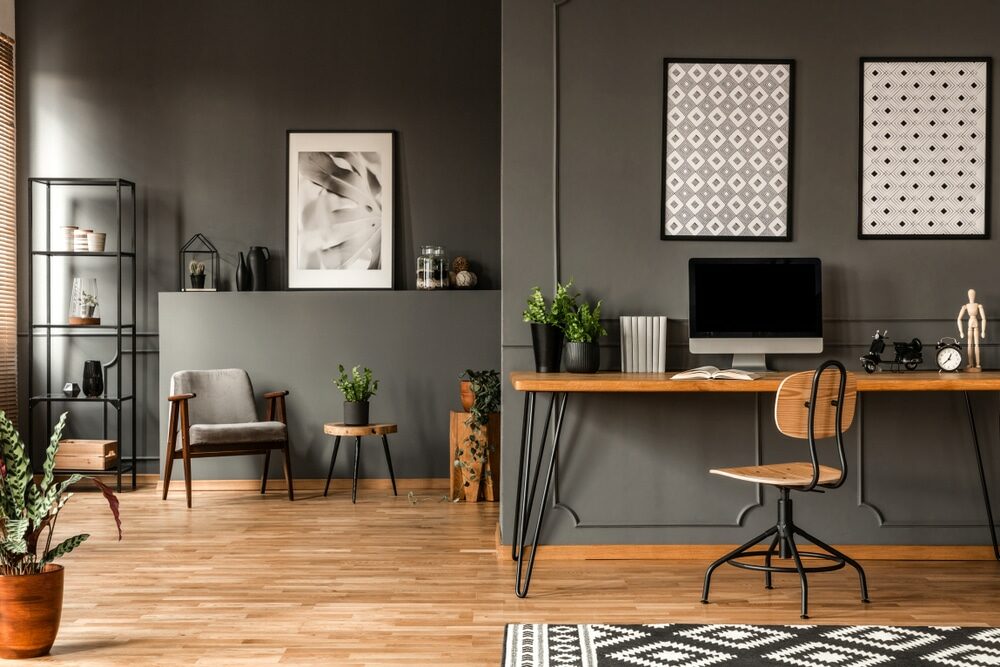
1. Understanding Floor Sanding
Floor sanding is the process of removing the top surface of a wooden floor by sanding it with abrasive materials. The purpose of this process is to eliminate imperfections, including scratches, dents, and stains, and to restore the natural beauty of the wood. In addition, floor sanding can also help level uneven surfaces, improving the overall look and feel of the room.
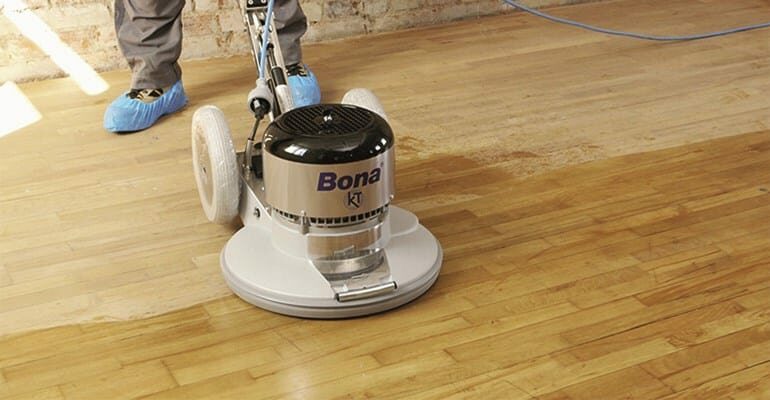
2. Benefits of Floor Sanding
There are several benefits to floor sanding, including:
a. Aesthetics: A well-sanded floor can significantly enhance the appearance of any room, giving it a fresh, clean look that complements the overall interior design.
b. Durability: By removing the damaged top layer of the floor, sanding can increase the lifespan of your flooring, protecting it from further wear and tear.
c. Value: A professionally sanded and refinished floor can increase the value of your property, making it more appealing to potential buyers.
d. Health: Floor sanding can help eliminate allergens and dust mites that may be trapped in the crevices of your floor, improving indoor air quality and creating a healthier living environment.
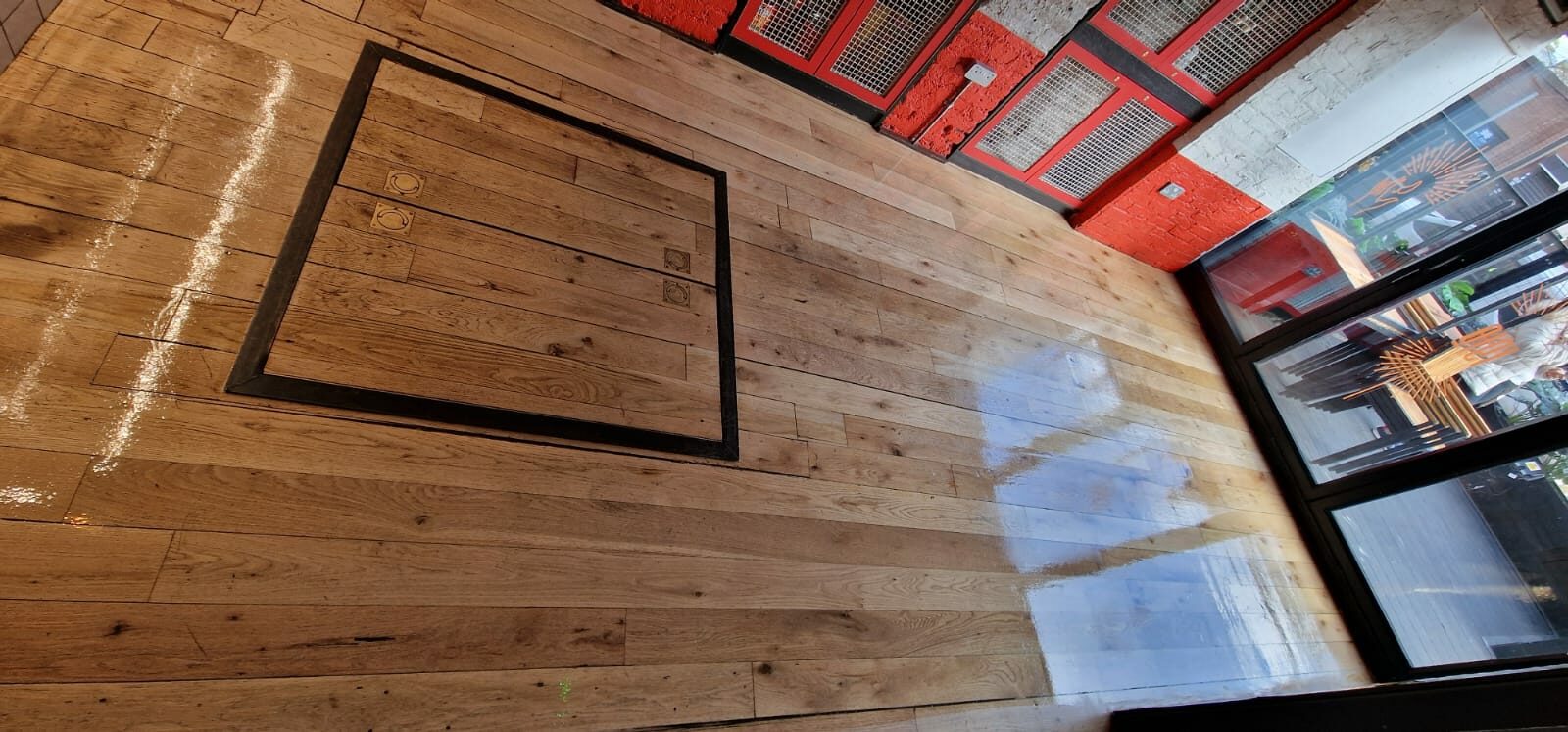
3. Types of Flooring Suitable for Sanding
While floor sanding is typically associated with wooden floors, several types of flooring can benefit from the process, including:
a. Hardwood: The most common type of flooring for sanding, hardwood floors such as oak, maple, and walnut can be sanded and refinished multiple times, extending their lifespan and enhancing their beauty.
b. Softwood: Pine, fir, and cedar are examples of softwood flooring that can be sanded, but these floors may require extra care due to their softer nature.
c. Engineered Wood: Composed of multiple layers of wood, engineered wood floors can be sanded, but the number of times depends on the thickness of the top layer.
d. Parquet: This flooring style consists of small wooden pieces arranged in a geometric pattern. Parquet floors can be sanded and refinished, but special care must be taken to preserve the intricate design.

4. Floor sanding equipment and tools
To achieve the best results with your floor sanding project, it is essential to use the right tools and equipment, such as:
a. Drum sander: a powerful and efficient machine used to remove the majority of the floor’s top layer.
b. Edger: A smaller, handheld sander that is used for sanding edges and corners where the drum sander cannot reach.
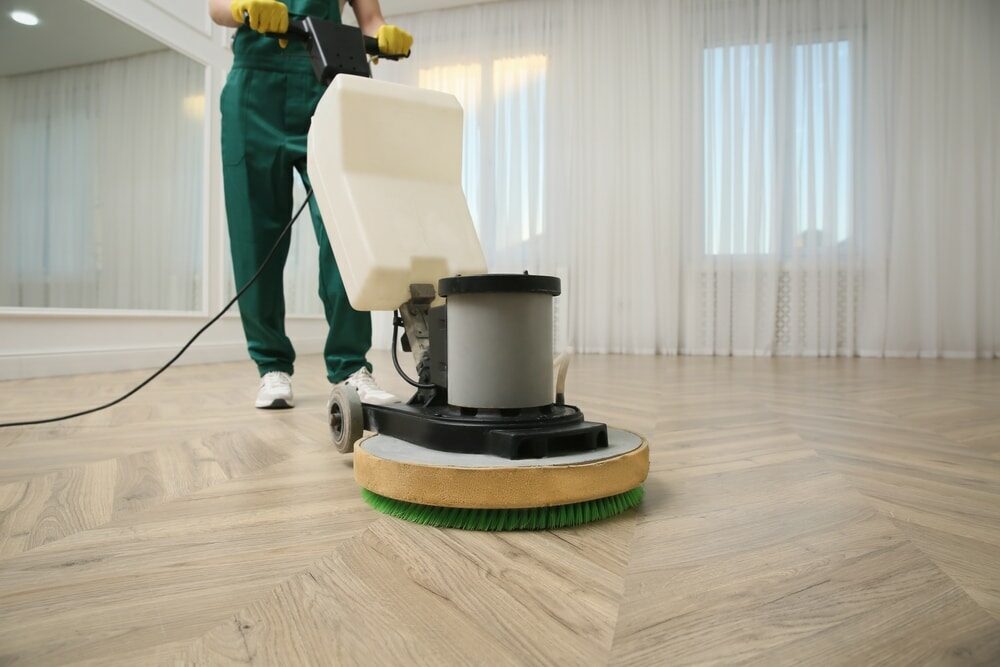

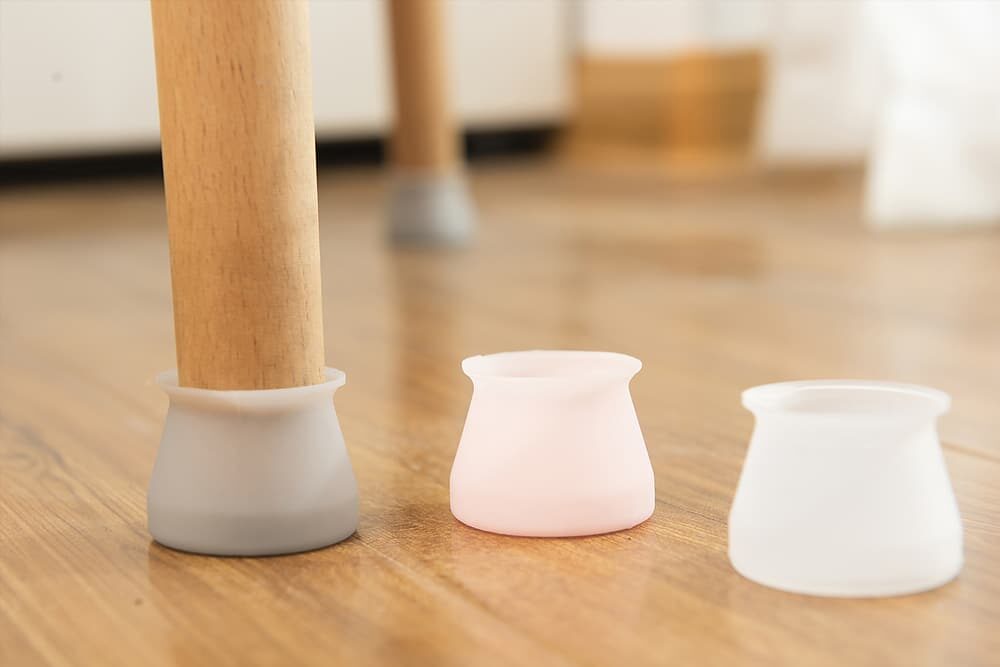
c. Orbital Sander: An easy-to-use sander that helps to smooth out the floor after the drum sander and edger have been used and is ideal for blending in the areas where the larger machines may have left marks.
d. Sanding discs and belts: These abrasive materials come in various grit sizes, which are used progressively to achieve a smooth finish on the floor.
e. Vacuum Cleaner: A crucial tool to remove dust and debris from the floor during and after the sanding process, ensuring a clean surface for refinishing.
f. Protective Gear: Dust masks, ear protection, and safety goggles are essential to protecting yourself while sanding.
5. Step-by-Step Guide to Floor Sanding
To achieve the best results, follow these steps for a successful floor sanding project:
a. Preparation: Clear the room of furniture, rugs, and any other items that could get in the way of the sanding process. Seal off doorways and vents with plastic sheeting to prevent dust from spreading throughout the house.
b. Inspection: Examine the floor for any loose nails, staples, or other debris that could damage the sanding equipment or cause injury. Fill any significant gaps or cracks with a suitable wood filler.
c. Sanding: Begin by sanding the floor using the drum sander and a coarse-grit sandpaper. Move the sander in the direction of the wood grain to prevent cross-grain scratches. After covering the entire floor, switch to the edger to sand the edges and corners.
d. Progression: Repeat the sanding process with progressively finer grit sandpaper using the drum sander and edger. After the final pass with the drum sander, use the orbital sander to smooth out any marks left by the larger machines.
e. Cleanup: thoroughly vacuum the floor to remove any dust and debris. It may also be helpful to wipe down the floor with a tack cloth to ensure a completely clean surface.
f. Refinishing: Apply your chosen finish, such as stain, sealer, or varnish, following the manufacturer’s instructions. Allow the finish to dry completely before moving furniture back into the room.
6. Tips for a Successful Floor Sanding Project
a. Take your time: Do not rush the sanding process, as this can lead to uneven results and potential damage to the floor.
b. Keep the sander moving: Avoid staying in one spot for too long to prevent creating divots or uneven spots in the floor.
c. Test your equipment: Practise using the sanders on a piece of scrap wood or in an inconspicuous area of the room to get a feel for how they operate.
d. Seek professional advice: If you are unsure about any aspect of the floor sanding process, consult with a professional who can provide guidance and recommendations.
7. Maintaining and Protecting Your Sanded Floors
After investing time and effort into sanding and refinishing your floors, it is essential to take steps to maintain and protect them.
a. Regular cleaning: sweep or vacuum your floors regularly to remove dirt and dust that can cause scratches.
b. Protective pads: Place felt or rubber pads under furniture legs to prevent scratches and dents.
c. Rugs and mats: Use area rugs and mats in high-traffic areas to protect your floors from wear and tear.
d. Avoid moisture: Wipe up spills immediately and avoid using excessive water when cleaning your floors to prevent water damage.
8. The Impact of Floor Sanding on Interior Design
Floor sanding can have a significant impact on the overall look and feel of your interior design. A beautifully sanded and refinished floor can act as a blank canvas, allowing you to experiment with different design styles and colour schemes. Additionally, the restored natural beauty of the wood can add warmth, character, and sophistication to your space, making it more inviting and visually appealing.
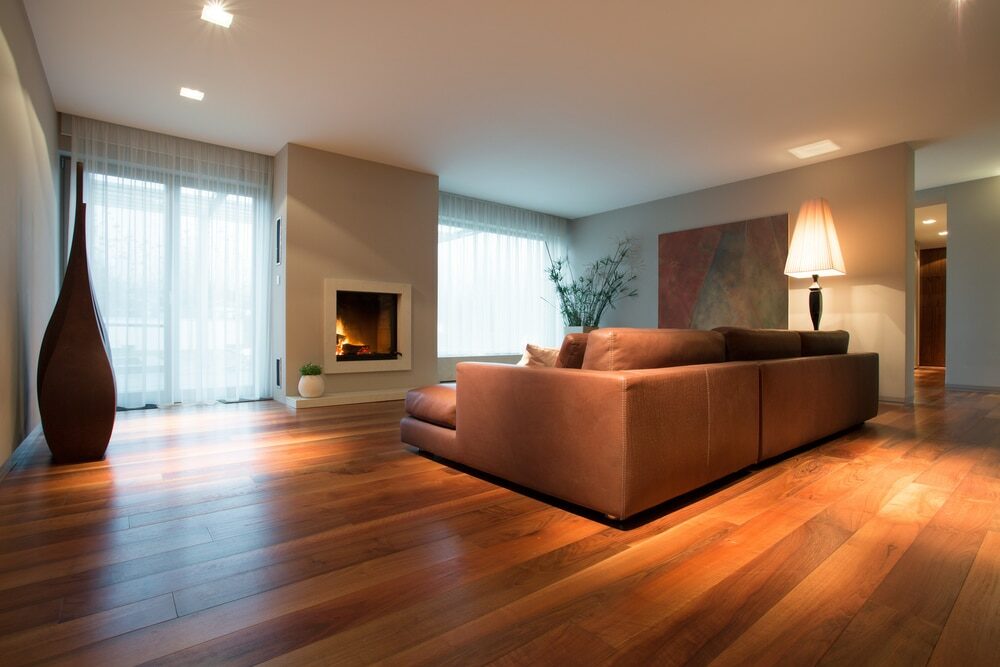
A sanded floor can also help create a sense of cohesion and flow between rooms, especially if you have an open-plan layout. By enhancing the appearance of your floors, you create a harmonious foundation that allows your furniture, lighting, and decorative elements to shine, ultimately elevating the entire interior design.
When considering the impact of floor sanding on your interior design, also consider the following:
a. Customization: Floor sanding provides an opportunity to customise the appearance of your floors through staining or using different finishes, allowing you to create a unique and personalised look that complements your design style.
b. Light and space: A well-sanded and refinished floor can reflect light more effectively, making your rooms feel brighter and more spacious.
c. Sustainability: Restoring and maintaining your existing floors through sanding is a more sustainable option compared to replacing them with new materials. This environmentally friendly approach can contribute to a healthier and more eco-conscious interior design.
Some Useful Links:
Conclusion
Floor sanding is a powerful technique that can dramatically enhance the interior look and appeal of your home. By restoring the natural beauty of your floors and eliminating imperfecctions, you can create a stunning and cohesive foundation for your interior design. With the right equipment, knowledge, and patience, floor sanding can breathe new life into your floors and elevate your living space. Whether you choose to tackle the project yourself or hire a professional, understanding the floor sanding process and its benefits will help you make informed decisions and ensure the best possible results for your home. By maintaining and protecting your sanded floors, you can enjoy their beauty and durability for years to come, ultimately creating a more comfortable, inviting, and stylish living environment.
More from our Blog:
Step by Step Guide to Sanding, Staining & Finishing Wood Floors
Sanding and Sealing Hardwood Floors and Parquet
The Easy Process of Sanding a Floor: A Comprehensive Guide



